Avoid these common summer slip-ups that put your pet at risk

Summer is fun, but it can be downright dangerous for our furry friends. As temperatures soar, too many pet parents still slip up with heat safety, even with the best intentions. Whether it’s skipping water breaks or mistaking fur for built-in protection, these small mistakes can lead to big trouble. Think you’re doing everything right? Here are 10 common hot-weather pet mistakes you might not realize you’re making.
1. Leaving pets in the car, even for a “quick” stop
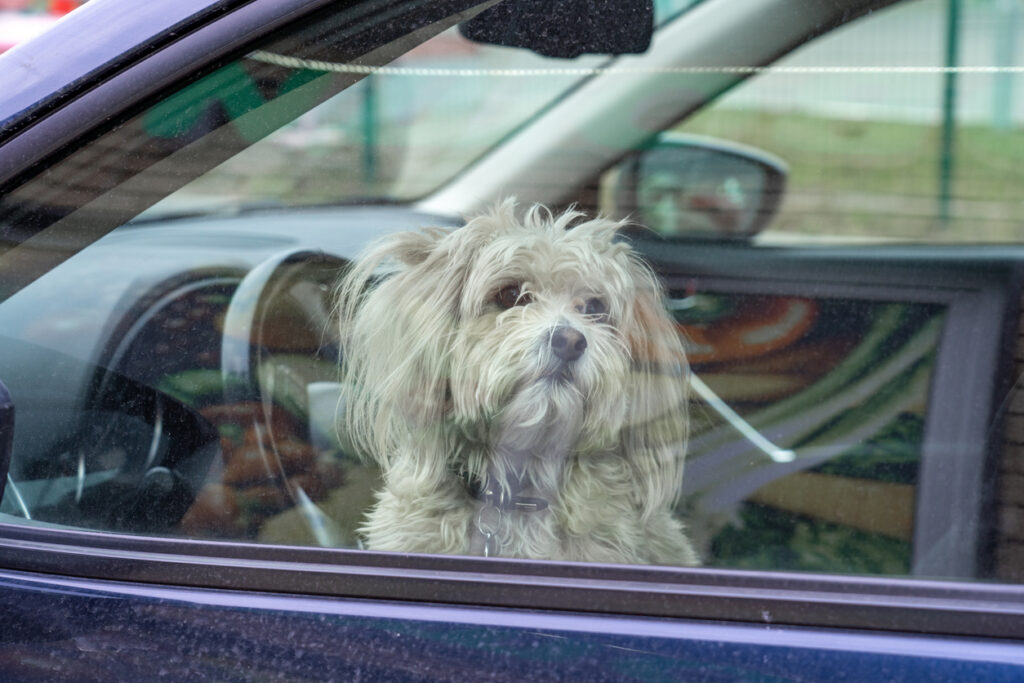
Even on a mild 70°F day, a car’s interior can hit 100°F in under 20 minutes. That quick errand? It’s a furnace for your pet. Heatstroke can happen fast, especially for dogs, whose cooling systems aren’t as efficient as ours. Cracking windows doesn’t cut it, either. It’s a common mistake with deadly consequences every year. Always take your pet with you or leave them at home when running errands.
2. Walking pets on hot pavement
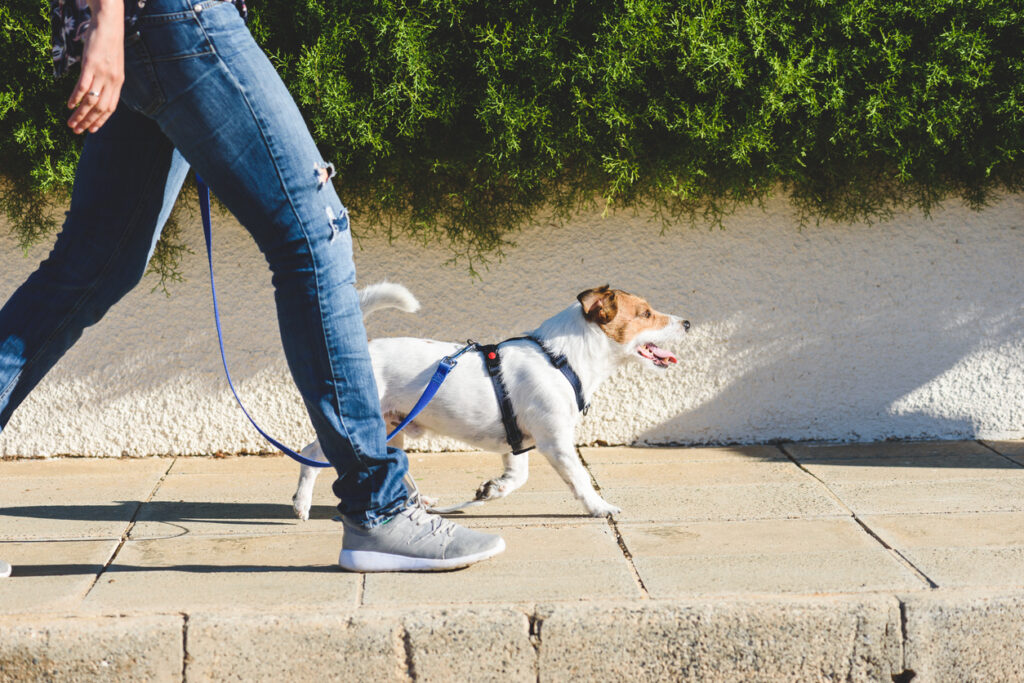
Pavement can be 40 to 60 degrees hotter than the air. If it’s 85°F outside, the asphalt could be over 130°F, hot enough to burn paws within seconds. If you can’t comfortably hold your hand on the pavement for five seconds, it’s too hot for a walk. Opt for early mornings or late evenings and always check the ground first. Burned paws are painful, preventable, and surprisingly common.
3. Skipping hydration on outdoor adventures
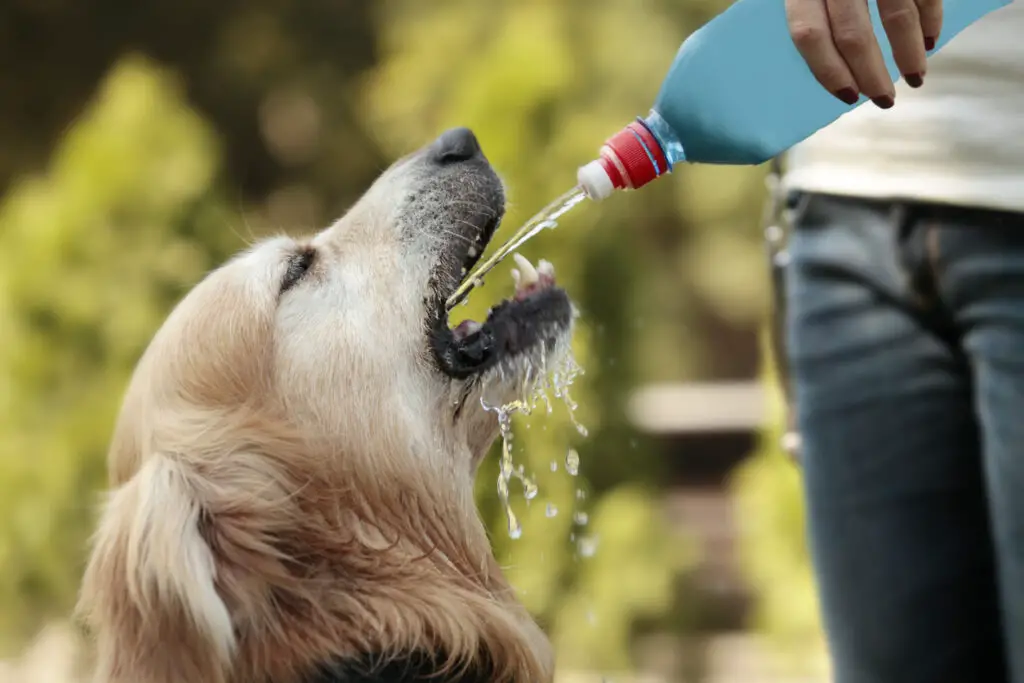
Water isn’t just a luxury, it’s a must-have. Pets lose moisture through panting, and dehydration can set in quickly. Whether you’re at the park or on a hike, bring a collapsible bowl and fresh water. Sharing your bottle isn’t ideal, and puddles or lakes can carry parasites. Keep them drinking regularly, even if they don’t act thirsty. Hydration keeps them cool, energized, and safe under the sun.
4. Assuming fur equals sun protection
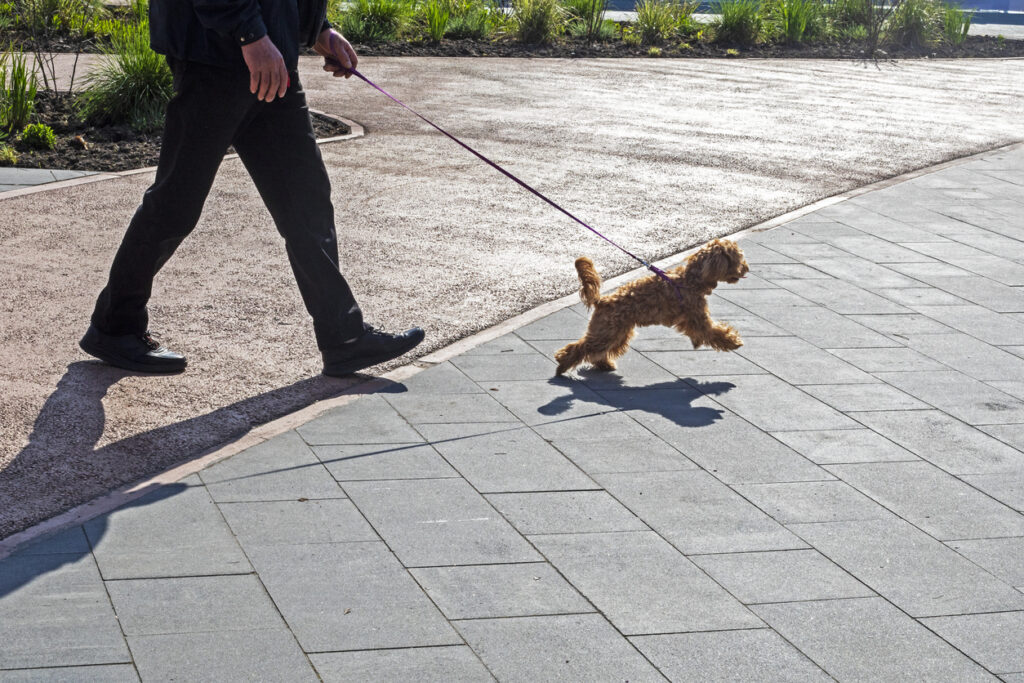
While fur offers some insulation, it doesn’t make pets immune to sunburn or overheating. Short-haired breeds and light-colored pets are especially vulnerable to sun damage. Dogs can even get skin cancer from too much exposure. Consider pet-safe sunscreen for sensitive areas like the nose and ears and provide shade during outdoor playtime. Fur or not, the sun’s rays still pose a serious threat.
5. Forgetting parasite protection in summer months
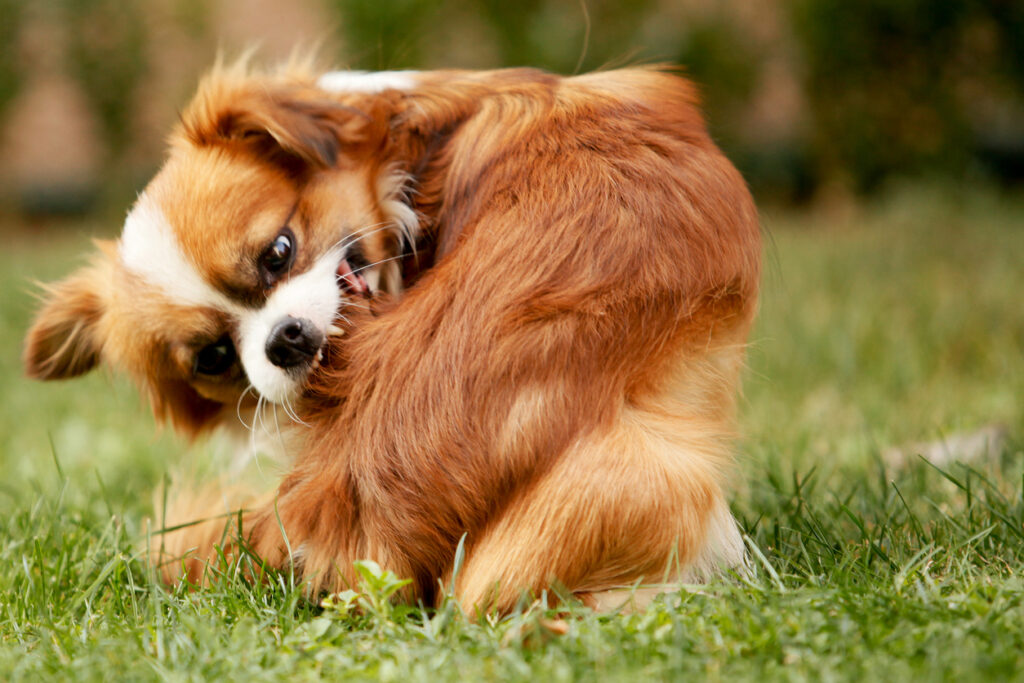
Fleas, ticks, and mosquitoes thrive in warm weather, and skipping monthly prevention can leave your pet exposed. Heartworm, Lyme disease, and other serious infections spike during summer. Indoor pets aren’t off the hook either, bugs find ways in. Consistent prevention saves you from expensive vet bills and keeps your furry companion itch-free and healthy all season long. Summer is peak parasite time, so stay ahead of it. Source:
6. Letting pets roam during peak heat hours
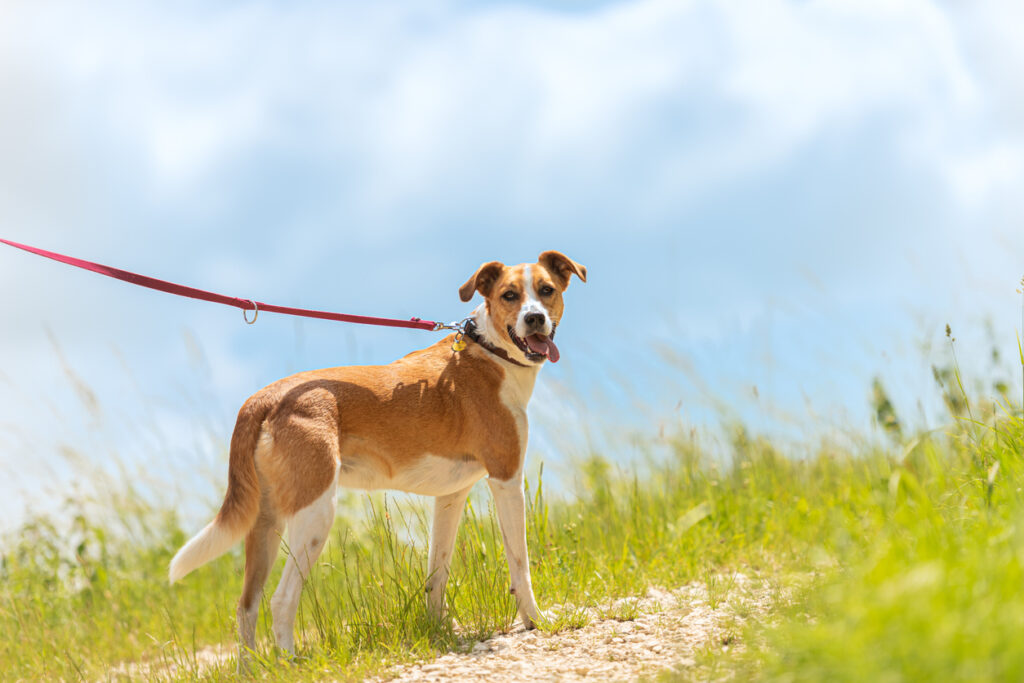
High noon may be ideal for sunbathers, but it’s brutal for pets. Temperatures peak between 12 p.m. and 4 p.m. and allowing pets to run around during this time can trigger heat exhaustion fast. Dogs can’t sweat like we do, and cats often hide symptoms. Stick to shaded areas and limit outdoor time when the sun is at its fiercest. Indoor play beats a heat emergency every time.
7. Not adjusting feeding times
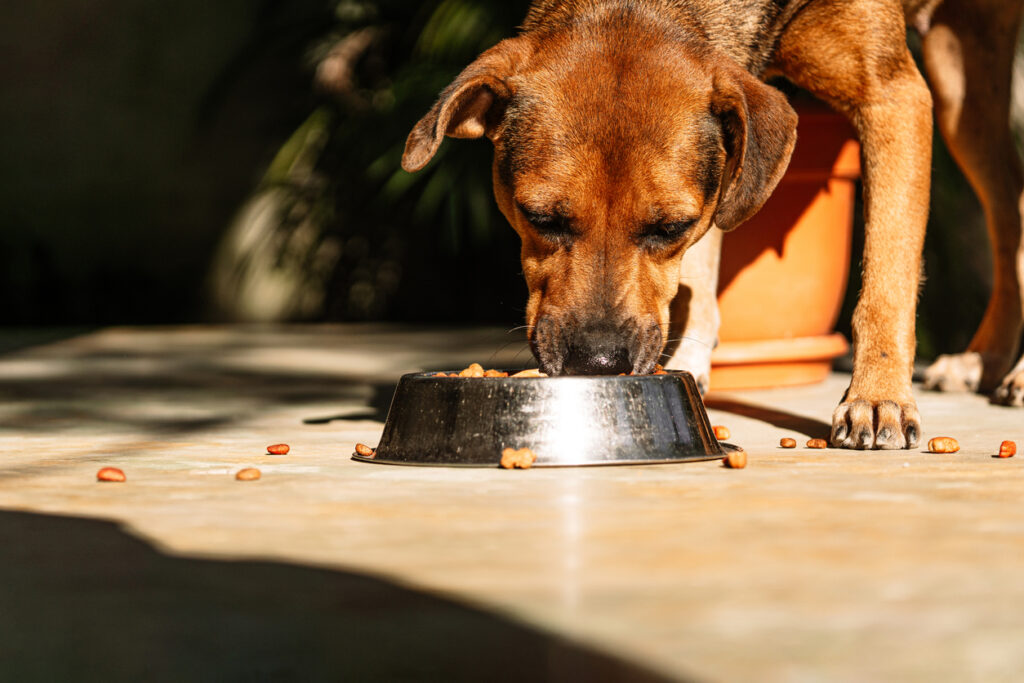
Hot weather can suppress appetite, and a full belly before activity can increase heat risks. Try feeding pets during cooler hours, early morning or late evening, so their bodies aren’t working overtime to digest food in the heat. Smaller, more frequent meals can also help. It’s a subtle shift that keeps them more comfortable, especially for dogs prone to bloating or heat-related fatigue after eating.
8. Using fans instead of AC for cooling
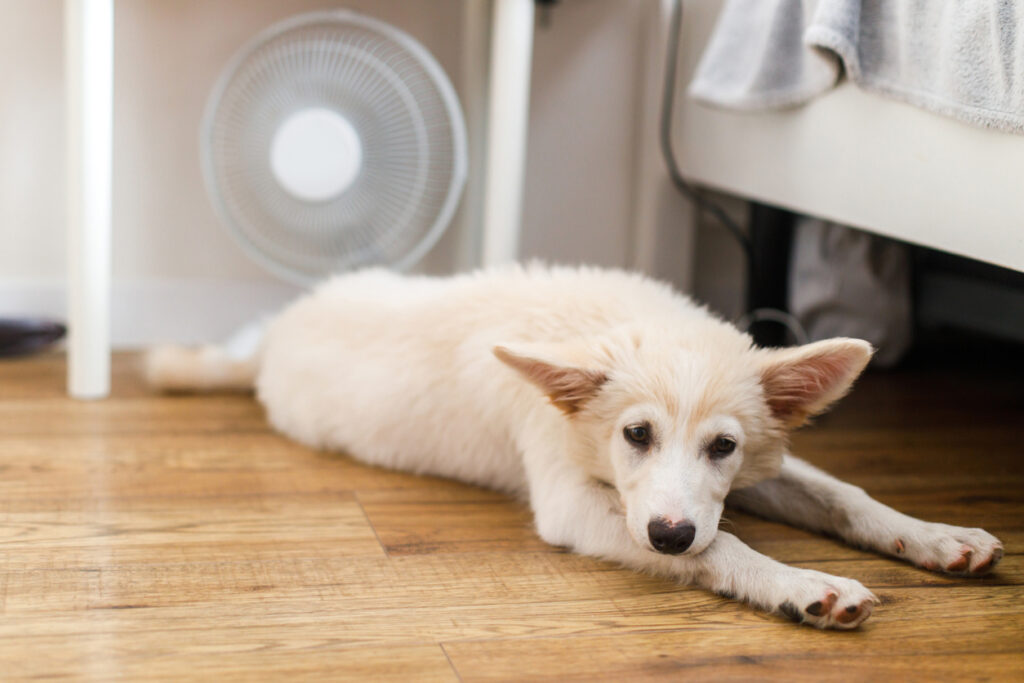
Fans might feel good to us, but they don’t work the same for pets. Dogs and cats don’t sweat like humans, so fans aren’t as effective at cooling their bodies. In fact, relying on a fan alone in a warm room can give a false sense of safety. When temperatures climb, air conditioning or chilled areas are your best bet. Don’t assume your pet feels as cool as you do.
9. Overexercising in the heat

Even a short run can be risky in hot weather. Pets, especially dogs, are often eager to please and may push themselves too hard without realizing they’re overheating. Keep exercise light and brief during summer and monitor their behavior closely. Excessive panting, drooling, or sluggishness are red flags. Save the high-energy games for the cooler parts of the day or better yet, wait for fall.
10. Ignoring breed-specific needs
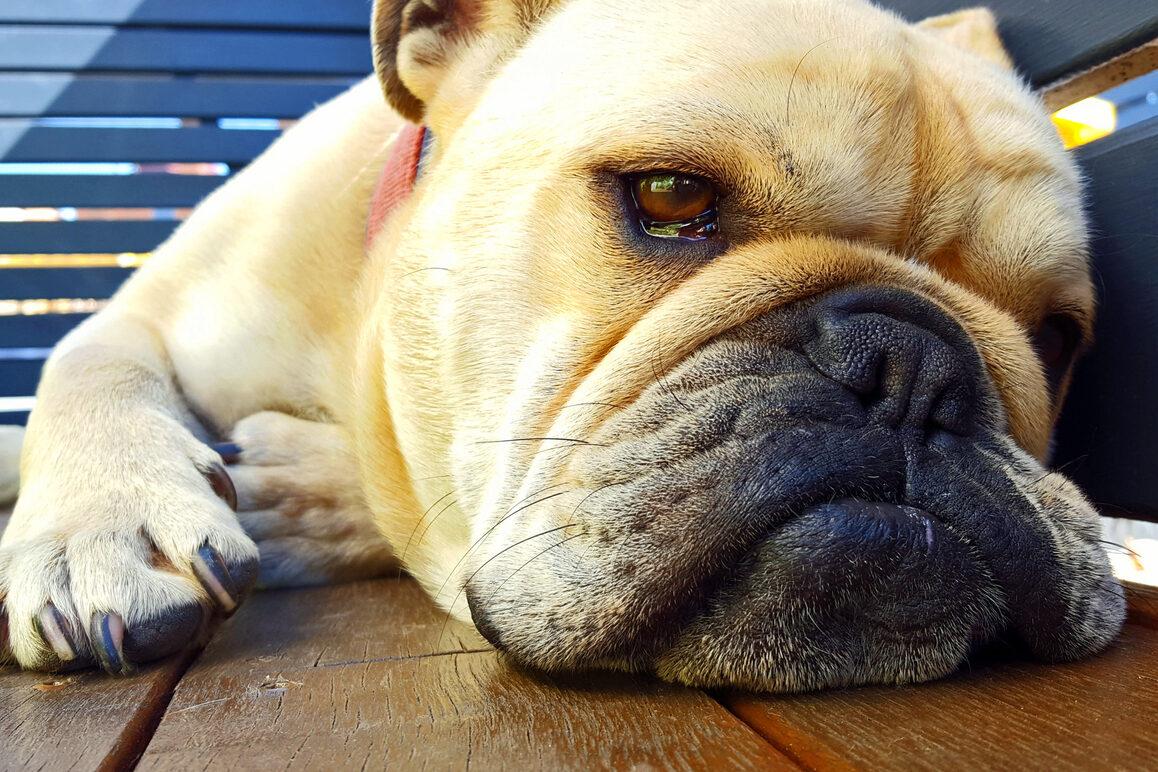
Flat-faced breeds like bulldogs and pugs struggle more in the heat due to restricted airways. Double-coated dogs like huskies overheat faster. Some cats have difficulty managing heat as well. Understanding your pet’s unique needs is key. What works for one animal might be dangerous for another. Always research your breed’s tolerance levels and adjust their summer routine accordingly, it could save their life.
What’s one summer pet tip you swear by? Share your go-to trick in the comments and help another pet parent out. Let’s make this the safest summer yet for our furry friends!


